Why Ford Stock Is a Leap of Faith
Identifying potentially misspriced stocks, such as Ford Motor, can help you beat the market -- but success is hard to come by.
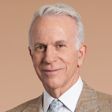
There are two ways to invest. You can join the stock market or try to beat it. Even for the smallest investor, joining has been made beautifully simple with the advent of index mutual funds and exchange-traded funds, both of which exact only tiny annual expense charges.
Beating the market is more difficult. Most economists believe the stock market is already efficient -- that is, vast amounts of information are reflected in the price of a stock, and its next move, up or down, is a random event when viewed from today's perspective. If that is true, then the only way to construct a portfolio that will consistently perform better than the market is to find mistakes, anomalies and inefficiencies.
It's not easy. Hedge-fund managers, for example, devote their lives to this pursuit, and they have huge incentives (such as 20% of the profits) to get it right. But few of them are sparkling successes. "Since 1993, the Credit Suisse/Tremont Hedge Fund Index has generated returns roughly on a par with Standard & Poor's 500-stock index," wrote Daniel Akst recently in the New York Times. Faced with this daunting reality, investors are wise to adopt a strategy of joining the stock market -- an approach that has produced average annual returns since 1926 of about 10% before expenses. And yet....
From just $107.88 $24.99 for Kiplinger Personal Finance
Be a smarter, better informed investor.

Sign up for Kiplinger’s Free Newsletters
Profit and prosper with the best of expert advice on investing, taxes, retirement, personal finance and more - straight to your e-mail.
Profit and prosper with the best of expert advice - straight to your e-mail.
Irresistible
The intellectual challenge and financial allure of beating the market beckon. My own stock portfolio is roughly divided into three parts: one-third index funds and ETFs; one-third mutual funds, such as Fidelity Contrafund, that take small risks in trying to outperform the S&P 500; and one-third individual stocks that I have chosen because I think I've located inefficiencies to exploit.
Where do you find such inefficiencies? First, in the tiniest of tiny companies, the ones too small for analysts to bother with. Because they fly under Wall Street's radar, there's a chance that they aren't correctly priced -- in either direction. But micro-cap stocks can be dangerous; they are about 50% more volatile than the largest large caps.
More practical are stocks that may be improperly priced because investors irrationally detest them. As Benjamin Graham, the late Columbia University professor who was Warren Buffett's mentor, pointed out, "The investor's chief problem -- even his worst enemy -- is likely to be himself." As a shorthand to describe this phenomenon, Graham invented Mr. Market, a manic-depressive who becomes too enthusiastic about some stocks and demands too high a price for them, and who is too negative about others and offers to sell them at a bargain to get them off his hands. And when it comes to companies in trouble, Mr. Market often can't see how they could possibly work their way out of their problems. He doesn't want to own them, even at low prices, so their prices fall even further.
[page break]
Fat and lean years
Which brings me to Ford Motor (symbol F). In April 1998, Ford spun off Associates First Capital, a financial subsidiary that was worth more than $12 a share. Its own shares soon traded at $25, adjusted for a later split. Life was good. Ford's profits were more than $6 billion. But times changed. At the start of 2007, you could buy a share of Ford for $7.50, less than the price of a movie ticket.
Ford's market capitalization is just $15 billion, while its sales are $166 billion. In other words, a dollar invested in Ford stock buys more than $10 worth of Ford revenues. A stock is usually considered a bargain if a dollar of investment buys a dollar of revenues.
In addition, Ford's cash exceeds its market cap, so a dollar invested in the stock buys about $1.50 of Ford cash. Unfortunately, a dollar also buys a lot of Ford woe. The company has massive debts and, over the nine-month period ended September 30, 2006, Ford lost more than $7 billion. Just to remind you, that's half the current market cap. The problems are many, but they come down to two terrible facts. First, Ford, burdened with a cost structure that includes inefficient factories and demanding unions, is spending too much money. Ford employs 300,000 workers, slightly more than Toyota, yet Toyota's annual sales are about $190 billion and its profits $14 billion. Second, Ford cars and trucks fare poorly in competition with smarter operators. Sales fell 8% last year, and it could get worse. Toyota recently unveiled the Tundra CrewMax, a full-size pickup made in the U.S. that draws a bead on Ford's last great success, the F-Series, which sold 764,198 vehicles last year.
Few fans
In describing the woes of Ford, I am not telling you anything the market does not already know. For example, MSN Money shows that, of 13 analysts rating Ford stock, eight call it a "hold" (a low rank on Wall Street), four a "strong sell" (a seldom-seen rank), and just one a "buy" -- and a "moderate buy" at that. My suspicion is that Mr. Market is being far too harsh on Ford and that the stock's price reflects that inefficiency. What if Alan Mulally, the Boeing executive who was brought in to run Ford, brings earnings up to just $2 a share -- still far below the level of the late 1990s? Even at a modest price-earnings ratio of 8, the stock would double.
Can Mulally do it? The short answer is that no one knows. The longer answer relies on a notion of mine called faith-based investing. This has nothing to do with religion, but it involves confidence that, whatever the current dire situation, certain companies have a good chance to survive and thrive when redirected. Their brands and histories are too powerful, their revenues too strong. Someone will find a way.
If that sounds weirdly unanalytical, it is. If you rely only on analysis, you end up owning what everyone else owns -- that is, stocks whose pricing is efficient -- and you join the market. If you want inefficiency, you sometimes have to inject subjectivity into your stock picking.
There are some conspicuous examples of faith-based investing that have paid off. For example, IBM had practically been given up for dead when Louis V. Gerstner Jr., then at RJR Nabisco, was recruited to run it. The stock rose from $21 to a high of $139 by 1999. Apple (AAPL) had fallen on hard times, its stock price slumping to less than $4 a share, when Steve Jobs made a return appearance to resurrect the company. Its shares now trade at $95. Kmart is a more complicated story. But faith-based investors were rewarded after Edward Lampert took control of the retailer, improved operations and used its sizzling shares to buy Sears. Kmart, now called Sears Holdings (SHLD), jumped from less than $20 in 2002 to $178 by January 16, 2007. I still like all three stocks.
It's also not hard to find the exceptions. Xerox, a go-go stock of the 1960s, languished for decades before getting a second wind in the late 1990s, like practically every other tech stock. But since the tech bubble burst, Xerox has fallen by two-thirds.
The best evidence that faith-based investing works can be found in a mutual fund called ING (formerly Lexington) Corporate Leaders (LEXCX). The fund was started in 1935 on a simple premise: Buy equal shares of 30 great companies with terrific brand names and hold them forever, selling only if a company is merged out of existence or de-listed, or if it stops paying dividends. No new stocks are added. The fund has consistently beaten the S&P 500 throughout its history. Currently, it is ahead of the benchmark for the one-, three-, five- and ten-year periods to January 3.
Only a half-dozen of the original 30 companies have been dropped, but the businesses of nearly all that remain have morphed significantly over the past 72 years. General Electric, for example, has moved from light bulbs to power plants, jet engines, financial services, health care and television. Bottom line: Each of these companies found a way. My guess is that the fund would have performed even better if a manager had the option of buying more shares when stocks in the portfolio fell out of favor.
The unloved list
To find prospective faith-based winners, begin by looking at the list of lowest P/E stocks compiled by Value Line Investment Survey. This list, of course, excludes companies, such as Ford, that are actually losing money, but it's a good photo album of stocks that Mr. Market considers dogs. Among the more attractive, in my view, are General Motors (GM), ConocoPhillips (COP), U.S. Steel (X), Dow Chemical (DOW) and Ryland Group (RYL), the homebuilder.
None of these, however, jumps out like Ford. Now, there's a stock that requires faith.
James K. Glassman is a senior fellow at the American Enterprise Institute and editor in chief of its magazine, The American. Of the stocks mentioned in this article, he owns Apple.
Profit and prosper with the best of Kiplinger's advice on investing, taxes, retirement, personal finance and much more. Delivered daily. Enter your email in the box and click Sign Me Up.

-
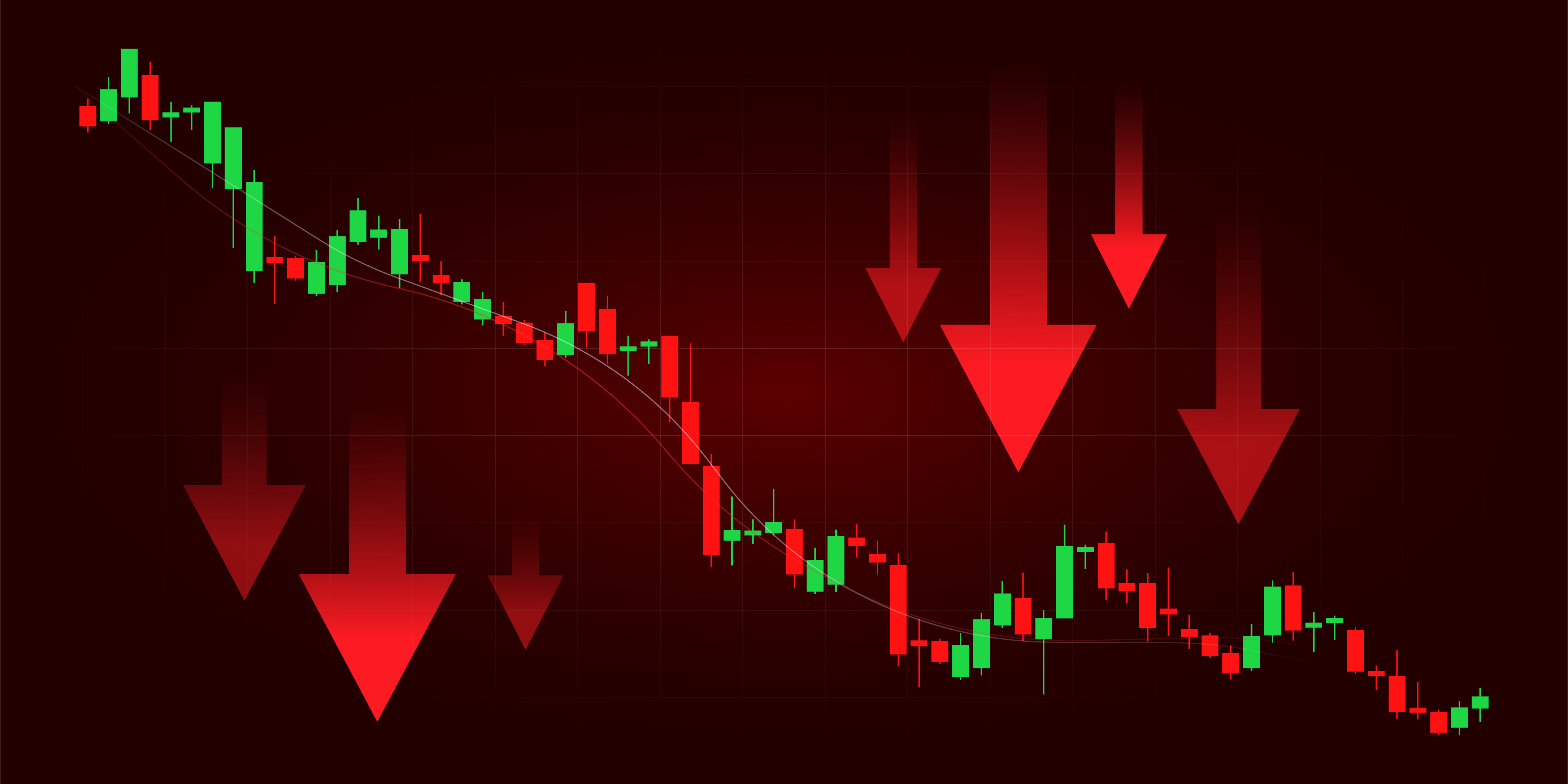 Dow Sinks 301 Points on Trade War Talk: Stock Market Today
Dow Sinks 301 Points on Trade War Talk: Stock Market TodayThe contentious relationship between the world's two biggest economies continues to drive global financial markets.
-
 Top Places to Park $10K (or More) as Rates Start to Fall
Top Places to Park $10K (or More) as Rates Start to FallWith more rate cuts upcoming, here are some smart places to maximize your savings on $10,000.
-
 How to Invest for Rising Data Integrity Risk
How to Invest for Rising Data Integrity RiskAmid a broad assault on venerable institutions, President Trump has targeted agencies responsible for data critical to markets. How should investors respond?
-
 What Tariffs Mean for Your Sector Exposure
What Tariffs Mean for Your Sector ExposureNew, higher and changing tariffs will ripple through the economy and into share prices for many quarters to come.
-
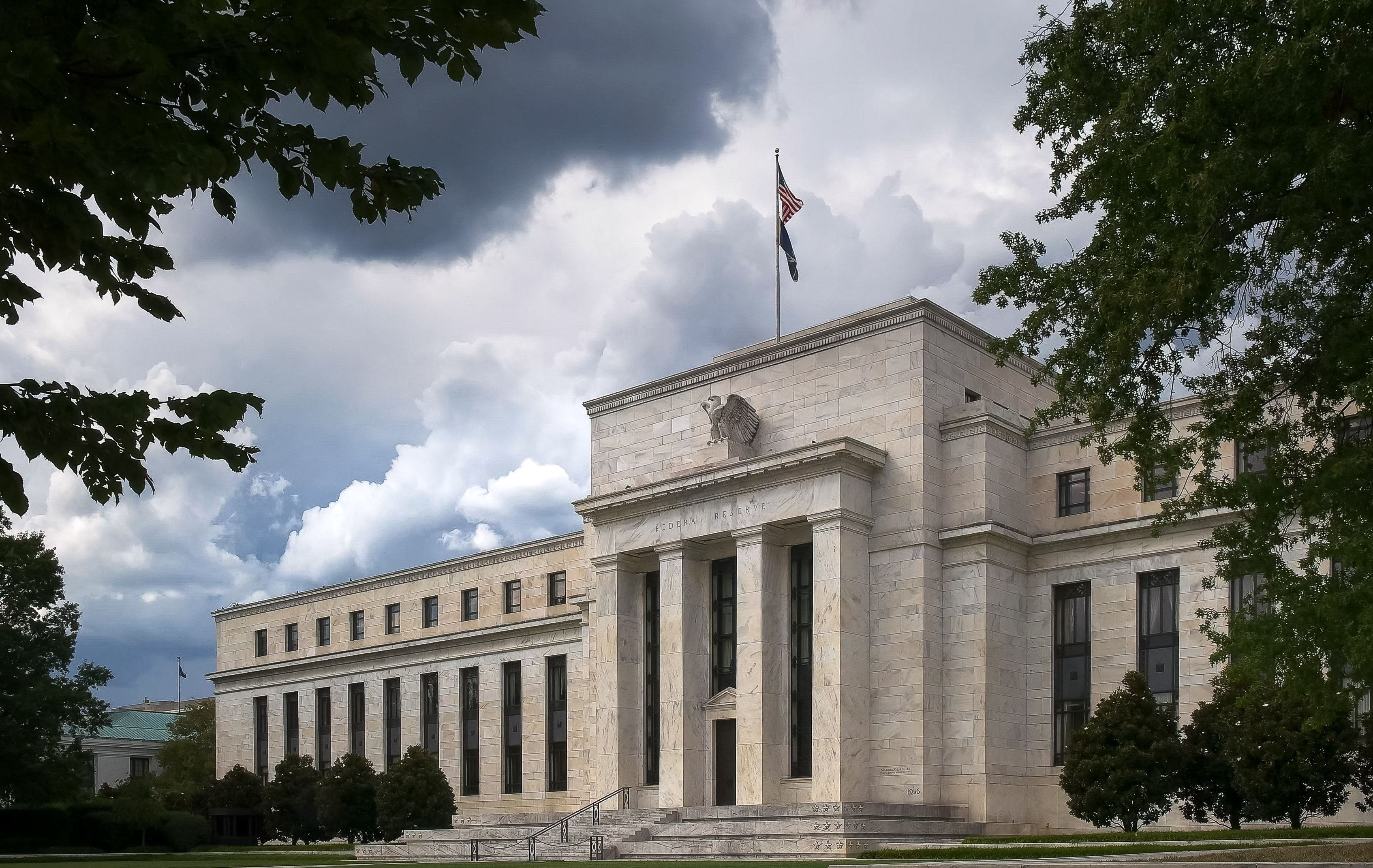 How to Invest for Fall Rate Cuts by the Fed
How to Invest for Fall Rate Cuts by the FedThe probability the Fed cuts interest rates by 25 basis points in October is now greater than 90%.
-
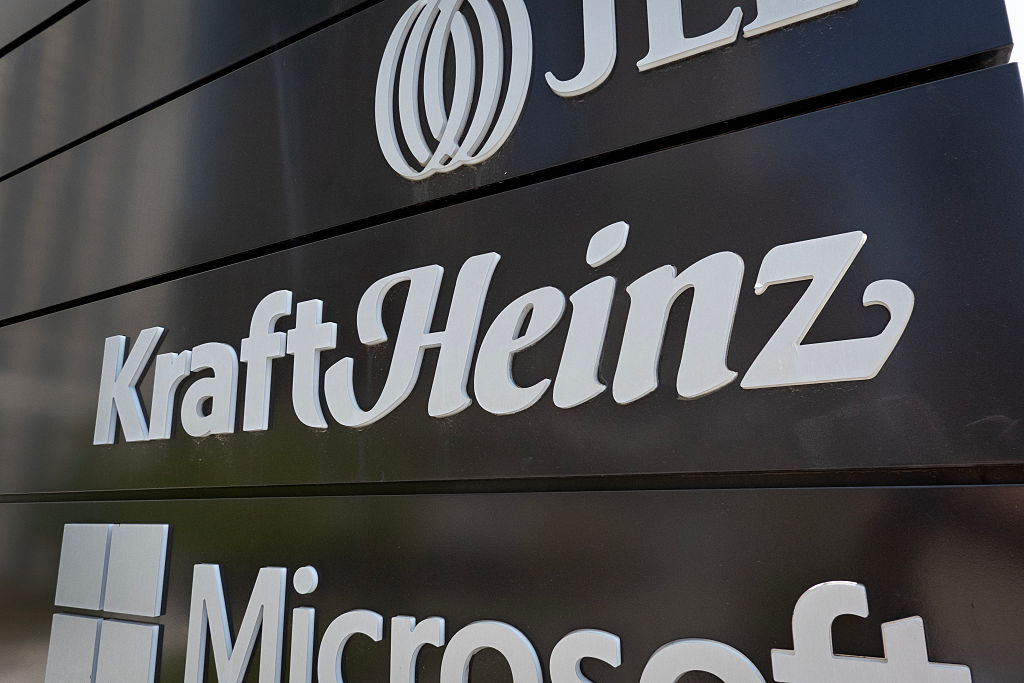 Are Buffett and Berkshire About to Bail on Kraft Heinz Stock?
Are Buffett and Berkshire About to Bail on Kraft Heinz Stock?Warren Buffett and Berkshire Hathaway own a lot of Kraft Heinz stock, so what happens when they decide to sell KHC?
-
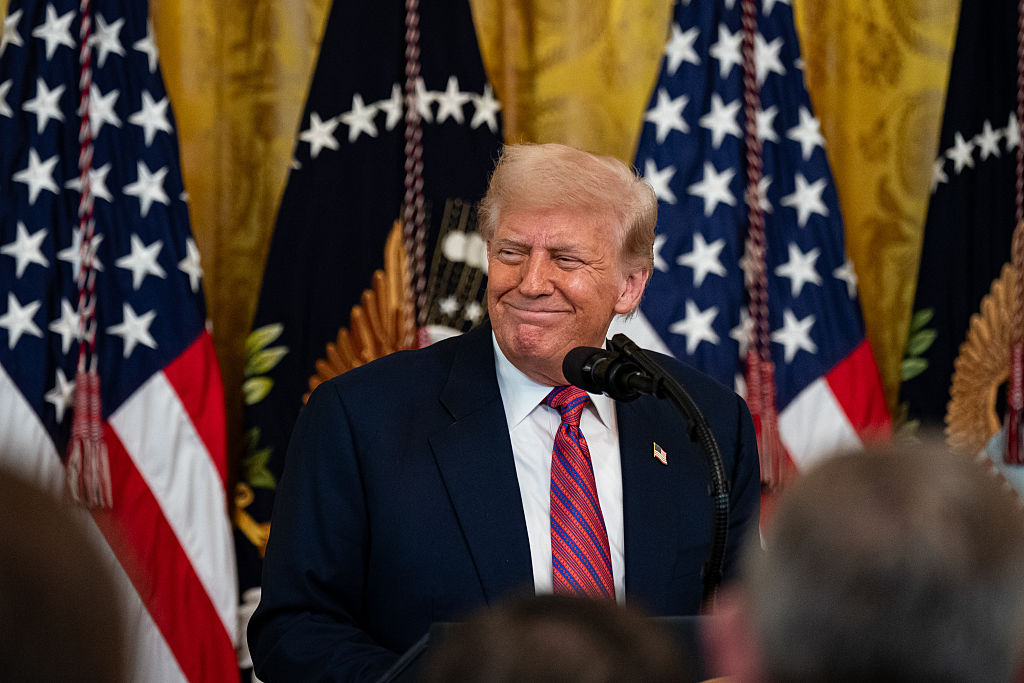 How the Stock Market Performed in the First 6 Months of Trump's Second Term
How the Stock Market Performed in the First 6 Months of Trump's Second TermSix months after President Donald Trump's inauguration, take a look at how the stock market has performed.
-
 Fed Leaves Rates Unchanged: What the Experts Are Saying
Fed Leaves Rates Unchanged: What the Experts Are SayingFederal Reserve As widely expected, the Federal Open Market Committee took a 'wait-and-see' approach toward borrowing costs.
-
 Fed Sees Fewer Rate Cuts in 2025: What the Experts Are Saying
Fed Sees Fewer Rate Cuts in 2025: What the Experts Are SayingFederal Reserve The Federal Reserve cut interest rates as expected, but the future path of borrowing costs became more opaque.
-
 Fed Cuts Rates Again: What the Experts Are Saying
Fed Cuts Rates Again: What the Experts Are SayingFederal Reserve The central bank continued to ease, but a new administration in Washington clouds the outlook for future policy moves.